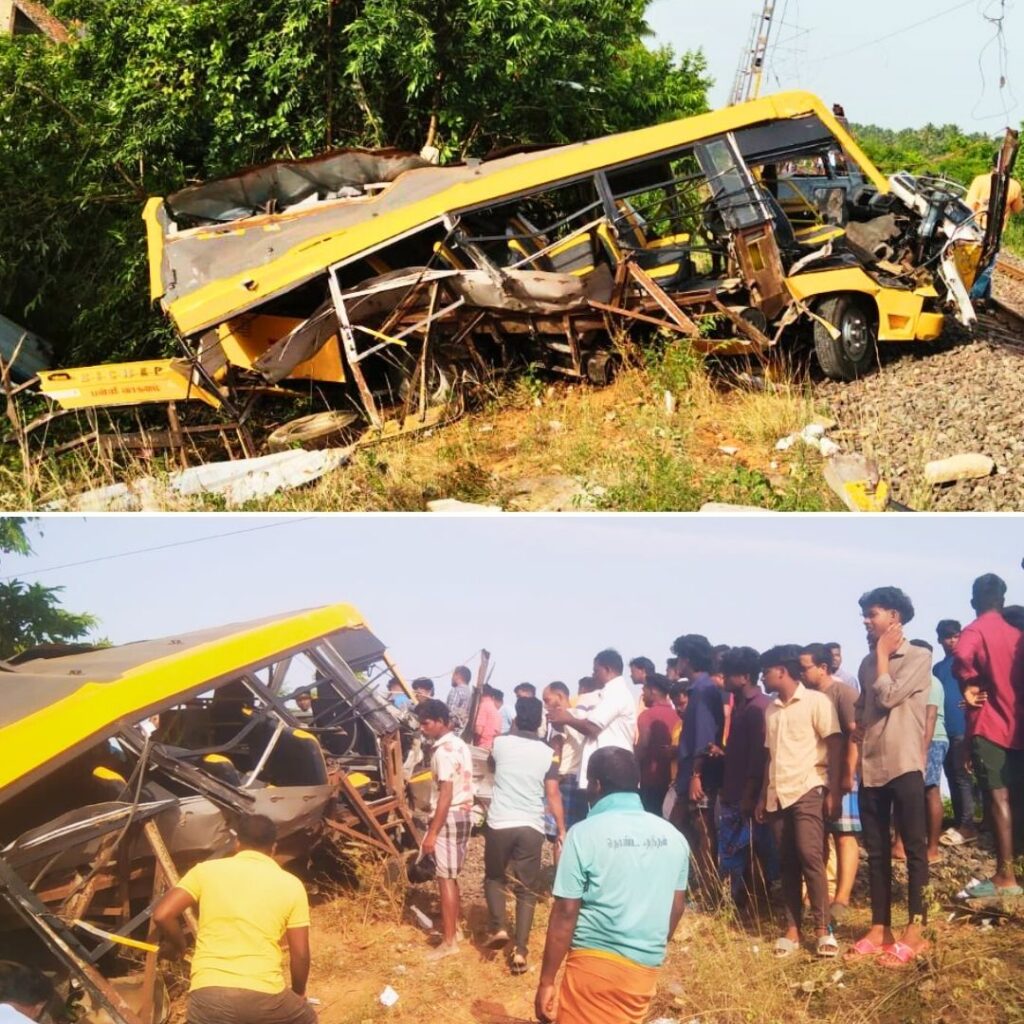“A world free of nuclear weapons will be safer and more prosperous.” – Ban Ki-moon, former Secretary-General of the UN.
“A world without nuclear weapons would be less stable and more dangerous for all of us.” – Margaret Thatcher, former Prime Minister of the UK.
About 70 years ago, the most devastating war in history ended when the US dropped the most devastating weapons in history on Japan. ‘Little Boy’ and ‘Fat Man’ – codenames for the atom bombs – resulted in the death of 200,000 people, forced Japan’s surrender (thus ending the War) and signalled the beginning of the Atomic Age.
“MAD”
In the years since the bombs were dropped on Hiroshima and Nagasaki, nuclear weapons changed the rules of national security and warfare. Land battles became a thing of the past for the developed world. Through the Cold War years, everybody lived under the imminent threat of global destruction, even as the two superpowers of the time – the US and the Soviet Union – escalated their nuclear weapons arsenal.
The governing principal was MAD which stood for “mutually assured destruction”, based on the doctrine of deterrence. MAD was an accepted philosophy that if either of two nuclear weapons states made use of nuclear weapons on another state, it would lead to counter-attacks through nuclear weapons resulting in the complete annihilation of both states, and the world along with it.
The threat of a nuclear war reached its climax during the Cuban Missile Crisis of 1962 – 13 days when every human being on Earth feared apocalypse. Though disaster was averted by behind-the-lines diplomacy, the world realised that, for the first time in history, humankind was in possession of weapons that could wipe out the human race in no time at all, and cause irreparable damage to the environment while at it.
Smiling Buddha and the proliferation of nuclear weaponry
During most of the Cold War, only the five members of the UN Security Council possessed nuclear weapons – the US, the Soviet Union, the UK, China, and France. That changed in 1974.
Former Prime Minister Indira Gandhi at Pokhran, Rajasthan, the site of India’s first nuclear test, and the first test by a non-permanent member of the UN Security Council.
43 years ago, a remote town in the Thar desert named Pokhran made headlines around the world. Smiling Buddha (also known as Pokhran-I) was the code name of India’s first successful nuclear bomb test on 18 May 1974. The bomb was detonated in Rajasthan by the Indian Army under the supervision of several key Indian generals. In 1972, while touring the Bhabha Atomic Research Center in Mumbai, PM Gandhi gave verbal authorisation to officials to manufacture the nuclear bomb they had designed and prepare it for a field test. Following this authorisation, the engineering to implement the design began. Work also began on locating, surveying, and preparing a suitable test site. Very few records of any kind were kept either on the development process or the decision-making process involved in Pokhran-I’s development and testing. This was to help preserve secrecy. The task of keeping Operation Smiling Buddha secret was given to R&AW. It was the first time that R&AW was involved inside India. When the test was conducted finally, it shocked the entire world. Even the intelligence agencies of the US ad the EU were unaware of its development.
The 1974 Smiling Buddha test made India the first non-P5 country to join the list of countries with weapons of mass-destruction. Pakistan and North Korea soon followed. It is estimated that there are over 17,000 warheads worldwide, and around 4,300 of them are ready-to-use.
The NPT and the nuclear debate
In 1968 the Non-Proliferation Treaty (NPT) came into being. Its aim was “to prevent the spread of nuclear weapons technology, to promote cooperation in the peaceful uses of nuclear energy, and to further the goal of achieving nuclear disarmament.” 191 countries have signed the NPT. Only 4 UN states have not signed the Treaty yet – India, Israel, Pakistan and South Sudan
The debate over nuclear weapons is as important as it is new. The post-Cold War world is a multipolar one, with India and China among the fastest growing powers. As such, there is a growing alarm over the increasing number of nuclear weapons states, the security of nuclear arsenals and the possibility of terror groups and failed states getting hold of nuclear bombs. The threat of global destruction is very much present. At the same time, nuclear weapons are a powerful war deterrent due to the doctrine of MAD. Also, they are an essential element of national security and nuclear power programmes.
So can we picture a world without nuclear weaponry? Not in the near future, because no country is going to give up its arsenal unless the others agree to do the same. The theory of mutually assured destruction may prevent the outbreak of war, but if a war ever does break out with the use of nuclear weapons, it…











